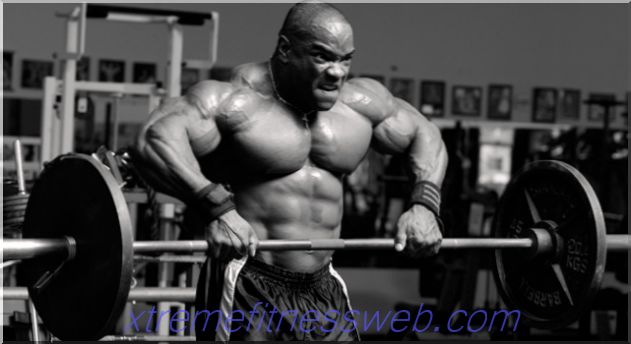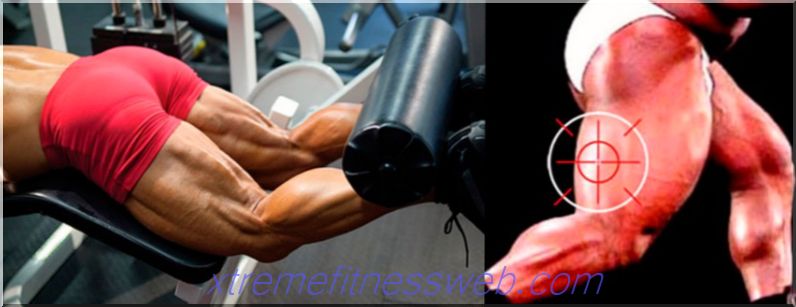
Monitoring progress is very important in bodybuilding, whether it’s a professional or amateur sport. You can measure the percentage of fat, examine the composition of the body or obtain information in another way, but the most reliable is the usual centimeter. Correct body measurements will tell you how training progress is built, when you need to specialize in certain muscle groups, and eliminate imbalances. In the end, it’s just nice to keep track of your progress according to some unambiguous criteria.
Speaking bodybuilders it is important to know their weight, because in sport there are weight categories. Amateurs can track muscle gain or weight loss in the same way. Weighing is simple. It is necessary to weigh on an empty stomach in the morning on scales in the same clothes or without it. Weight gain by half a kilo should not be upset, even if you are losing weight. Such weight fluctuations are normal; they may be related to nutrition, fluid retention, or other factors. A greater role is played by how much the muscles increase in volume, and how the fat layer decreases. And this can be estimated either visually from the photo, or by measuring the body with a centimeter tape. Old school coaches recommend exactly a centimeter, since it is an objective criterion for progress.
How to take body measurements

Measurements should be objective. This means that you need to try to do them at the same time, and not on the pump. In a muscular person, many factors can affect volume. Have eaten carbohydrates "> 
Bodybuilders measure biceps, neck, chest, waist, hips, calf, and sometimes forearms. Often the thigh biceps are additionally measured separately, without touching the gluteal muscles. The general rule is that a centimeter tape runs along the narrowest point of the body, or along the peak of the muscle.
How to measure different parts of the body:
- Waist - we measure by the narrowest place, we do not retract the stomach;
- Biceps - we strain our arm, and apply a centimeter tape in the middle, to the very peak of the biceps;
- Hip biceps - similarly, bend the leg in the knee joint, measure at the peak;
- The forearms are the widest place, not to be confused with the wrist - this is the narrowest;
- The neck is in the middle; for men, the ribbon passes through the Adam's apple;
- Chest - we carry the tape along the line of the nipples;
- Hips - at the peak of the buttocks, and straight ahead, without distortions.
Some recommend measuring separately also calf or lower leg. To strain this group and see the peaks will have to stand on toes. Measurement is also carried out in the widest place.
If the athlete is overweight, or the main localization of fat is on his stomach, he can measure 1 cm below the navel to make sure that there is a positive dynamics in this area. Does it make sense to measure deltoid ">
In any case, measurements with a centimeter tape, as well as how the clothes sit and how the body looks in the photo are the most objective criteria for progress in bodybuilding. Take measurements regularly, enter them in a special file, a training diary or a simple notebook, change the program depending on what dynamics of the body changes, and you will certainly achieve success in bodybuilding.







